Looking for style without breaking the bank? The Kia Sportage MK4 caught eyes with its sharp design and loaded interior in 2016, getting even better after 2018. Early models had engine troubles, but later ones shaped up nicely. Ready to discover if this SUV deserves a spot in your driveway?
Review Guide
-
1
Overview
-
2
Performance
-
3
Reliability
-
4
Ownership Costs
-
5
Competitors
-
6
Buying Guide
The Sportage MK4 rewrote Kia’s playbook with premium features at mainstream prices. Post-2018 models especially hit the sweet spot of value and reliability.
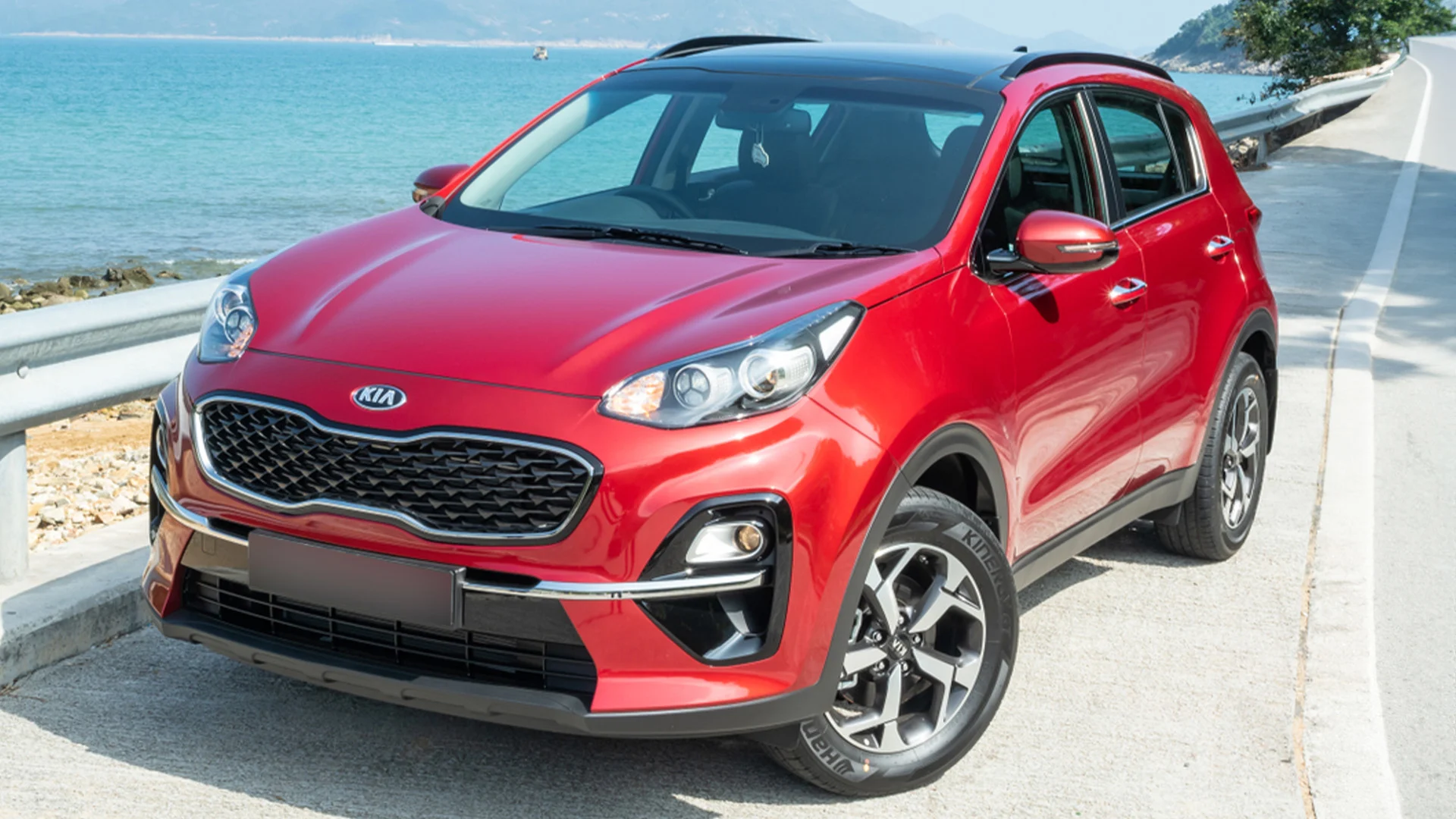
Kia Sportage MK4 (2016-2021) Overview
Kia Sportage MK4 (2016-2021): Quick Facts
- Every model from 2018 onwards got Android Auto/Apple CarPlay as standard – tech that many premium brands charged extra for.
- The luggage space is class-leading at 503 litres, expanding to 1,492 litres with seats folded.
- Post-2018 models featured Kia’s Advanced Driving Assistance Suite, including lane-keep assist and autonomous emergency braking.
- The transferable 7-year warranty means even a 2016 model could still have coverage until 2023.
- The GT-Line trim’s 1.6T engine delivers 174bhp – making it surprisingly nippy for a family SUV.
Kia Sportage Models Compared
The MK4 Sportage (2016-2021) represents a crucial transition in Kia’s SUV range. It significantly improved upon the MK3’s basic approach, introducing better build quality, refined aesthetics, and modern tech features absent in its predecessor.
Compared to the latest MK5, the MK4 offers simpler usability and better visibility, though it lacks the newest model’s premium touches and advanced safety tech. Its traditional dashboard layout and straightforward controls appeal to those who prefer functionality over cutting-edge complexity.
The sweet spot lies in post-2018 MK4 models, which resolved early Theta engine concerns while maintaining value pricing. These later examples blend modern amenities with proven reliability, making them particularly attractive for used buyers seeking quality without the premium cost of the MK5.
Which Is The Best Kia Sportage MK4 (2016-2021) Model?
The 2018-2019 GT-Line S with the 1.6 T-GDi engine represents the MK4 Sportage at its peak, combining resolved reliability issues with premium features and engaging 174bhp performance. For value seekers, the 2018+ ‘2’ trim with the 1.7 CRDi diesel offers an excellent balance of efficiency and equipment at a lower price point.
Both variants showcase the Sportage after its mid-cycle improvements, with the GT-Line S offering prestige and the ‘2’ trim diesel delivering practical value.
Kia Sportage MK4 Potential Issues
Key issues with the MK4 Sportage (2016-2021):
- Pre-2018 Theta II 2.0L and 2.4L engines have reliability problems.
- DCT transmission juddering in early models.
- Diesel DPF blockages in city-driven vehicles.
- Infotainment glitches, battery drain issues, stop-start system faults.
- Suspension noise at high mileage, sticking brake calipers, air conditioning failures.
Always verify full-service history and prioritise post-2018 models for better reliability.
Key Features
Essential specifications and features
-
Best Petrol
1.6 T-GDi (174bhp) - Good for low mileage users
-
Best Diesel
2.0 CRDi (134bhp) - Ideal for high mileage and towing
-
Post-2018 Upgrade
1.6 CRDi (114bhp) - Most efficient diesel option
-
Fuel Economy
Best from 1.6 CRDi diesel
-
Ride Comfort
Good on rough roads
-
Handling
Easy to manoeuvre in urban areas
-
Visability
Good all-round sight lines
- Insurance Group
- 11 -27
- Road Tax
- £190 per year (current rate)
- Major Service Cost
- £300 - 500 (depending on engine)
- Minor Service Cost
- £95
- Original Terms: 7-years/100,000-miles from new
- Transferable: Yes to subsequent owners
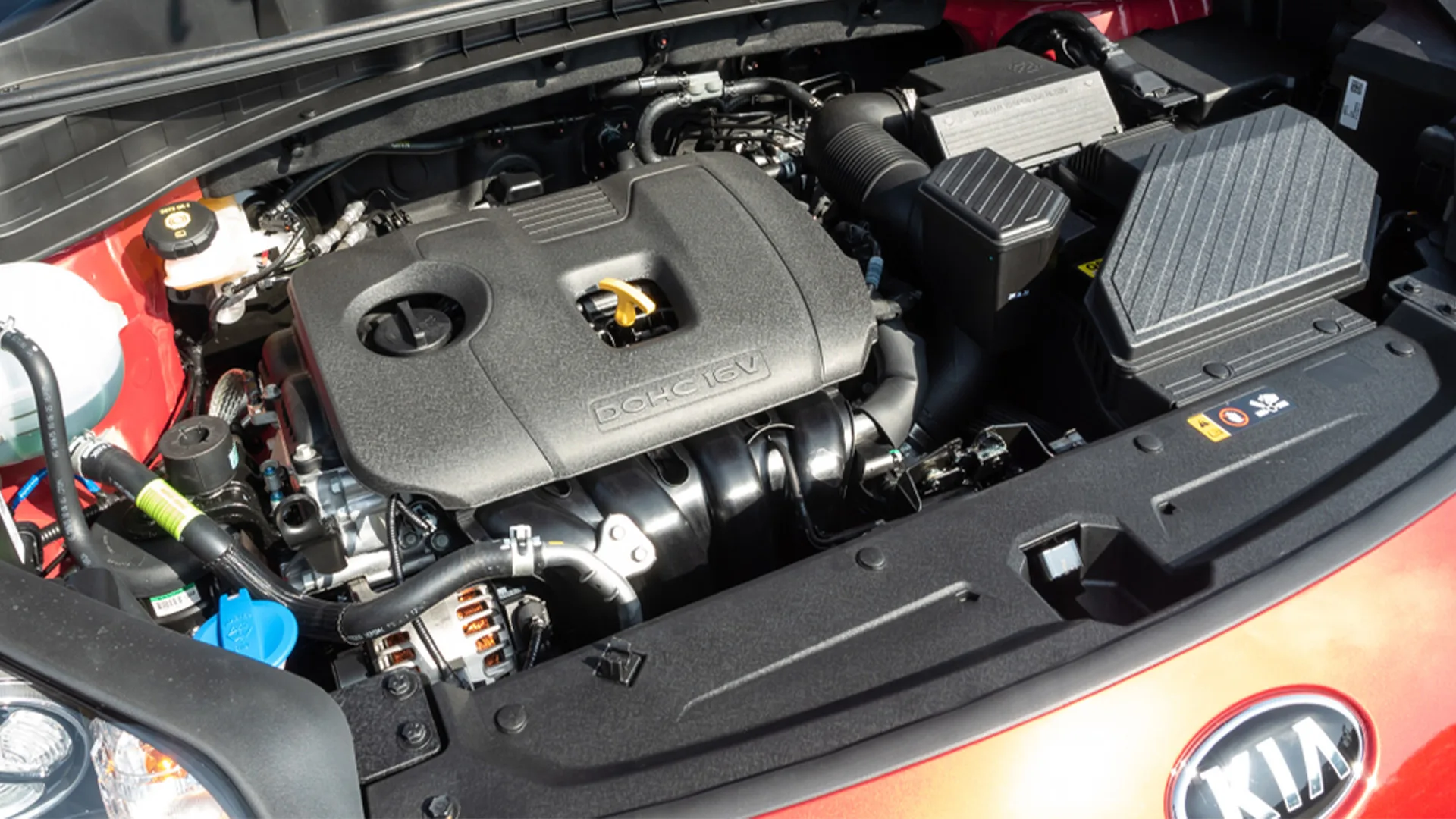
Kia Sportage MK4 (2016-2021) Performance
Kia Sportage MK4 Engine Performance
The fourth-generation (2016-2021) Kia Sportage offers a diverse range of engines. The 1.6 T-GDi petrol (174bhp) leads the petrol lineup, delivering sprightly performance and proving particularly capable in urban environments.
For those seeking better economy, the base 1.6 GDi (130bhp) provides adequate performance for daily use, though it can feel stretched when fully loaded.
Kia Sportage MK4 Diesel Performance & Power
The diesel range saw significant improvements during this generation. The initial 1.7 CRDi (114bhp) was replaced in 2018 by the more refined 1.6 CRDi, maintaining the same power output but offering better efficiency.
The 2.0 CRDi, available in both 134bhp and 182bhp variants, provides strong mid-range pulling power. Post-2018 models benefit from mild-hybrid technology, enhancing both performance and economy.
Kia Sportage MK4 Handling & Ride
The Sportage delivers composed and predictable handling for a family SUV. Its light and precise steering makes urban maneuvers straightforward. The optional all-wheel drive system provides additional confidence in challenging conditions.
Both manual and automatic transmissions perform well, with the 8-speed automatic (introduced in 2018) being particularly smooth and responsive.
Is The Kia Sportage MK4 Comfortable To Drive?
Ride quality is a strong point, especially compared to rival SUVs such as the Nissan Qashqai. The Sportage effectively absorbs road imperfections although it’s worth noting that GT-Line models with larger wheels trade some comfort for sharper looks and handling.
Refinement levels are good, with well-suppressed wind and road noise, though diesel engines can be heard when accelerating hard. The cabin remains composed at motorway speeds, making it a capable long-distance cruiser.
Overall Rating
4/5
Based on expert evaluation and real-world testing
Performance
3.5
Comfort and Interior
4
Running Costs
4
Practicality
4.5
Expert Review
The MK4 Sportage (2016-2021) offers excellent value in the family SUV segment. Post-2018 models are particularly recommendable, avoiding early Theta engine concerns while delivering a well-rounded package of space, comfort, and equipment. While not as premium as VW Tiguan, it counters with stronger warranty coverage and lower running costs. GT-Line S models offer near-premium features at mainstream prices. Choose carefully between pre and post-2018 models, and prioritise full service history.
Kia Sportage MK4 (2016-2021) Reliability
Kia Sportage MK4 Reliability Ratings
The MK4 Sportage (2016-2021) earns trust through proven reliability data, particularly in post-2018 models which resolved earlier engine issues. It’s backed by a transferable 7-year warranty and strong safety credentials, including a 5-star Euro NCAP rating. High owner satisfaction scores, consistent resale values, and lower maintenance costs compared to premium rivals make it a dependable used SUV choice.
Kia Sportage MK4 Common Minor Issues
The MK4 Sportage boasts exceptional reliability in several core areas. The manual transmission proves virtually bulletproof with proper maintenance, while the basic chassis and suspension components rarely require attention. Interior build quality stands out, with robust seat mechanisms and climate control systems typically lasting the vehicle’s lifetime. Post-2018 models also show strong electrical system dependability, particularly power windows and central locking, a Kia hallmark. Most importantly, the basic engine block (excluding known Theta issues) and fuel system components demonstrate solid durability when properly maintained.
The key to MK4 Sportage longevity is timing – follow the service schedule religiously, particularly oil changes every 10,000 miles for turbocharged models and 20,000 for naturally aspirated engines. Don’t skip the DPF regeneration drives on diesels, and budget for preventative fluid changes rather than waiting for issues. These cars will easily surpass 150,000 miles when maintained properly.
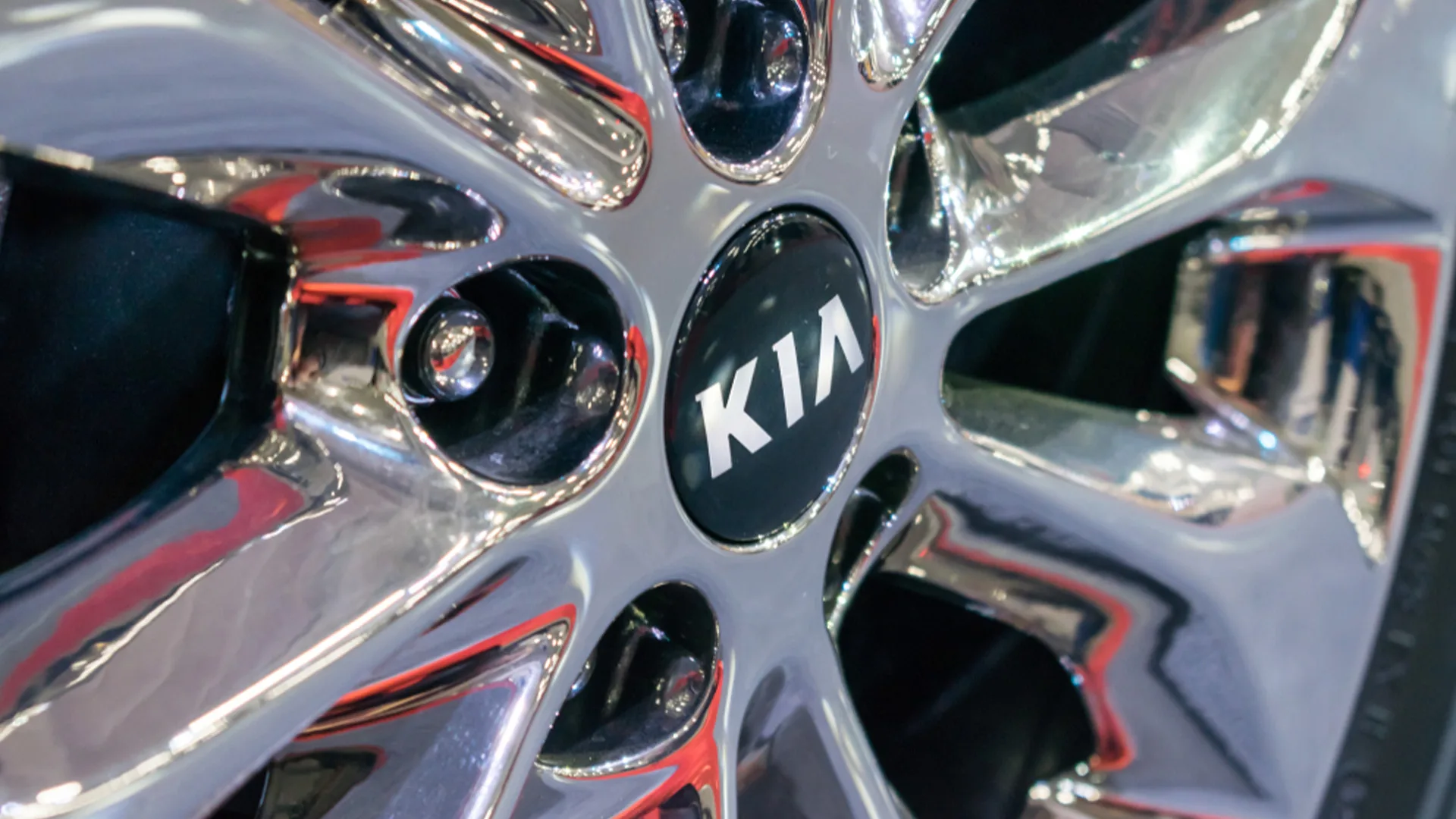
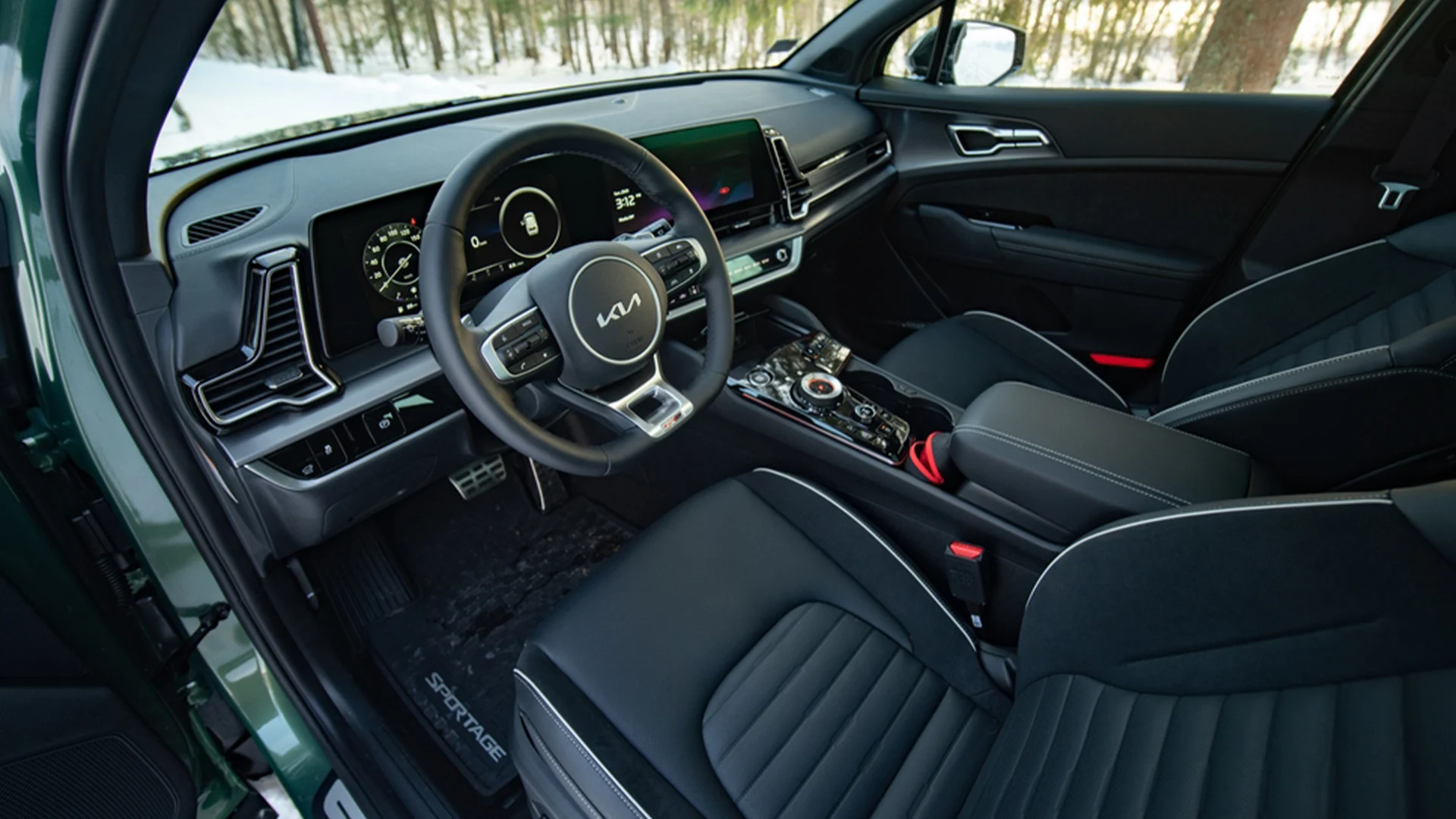
Kia Sportage MK4 (2016-2021) Real Ownership Experience
Based on our customer feedback across the MK4 Sportage ownership experience:
2019 Sportage, 30,000 miles down. Zero issues. Just stick to the service intervals and oil changes.
Owned my 2020 model since new – absolutely bulletproof. Just followed the service schedule, and now at 154,000 miles with only routine maintenance needed.
Kia Sportage MK4 Ownership Feedback
- 2018+ models show notably better reliability.
- Regular oil changes and maintenance critical for longevity.
- The service history is crucial when buying a used car.
- Most owners report trouble-free experiences with later models.
- Early models (pre-2018) may need engine attention at higher mileage.
Most owners agree: 2018 and newer models with documented service history offer the most dependable ownership experience.
Kia Sportage MK4 Model Reliability Comparison
The MK4 Sportage (2016-2021) sits in the middle of Kia’s reliability evolution. While more polished than the MK3’s simpler mechanics, it initially struggled with Theta engine issues. Post-2018 models showed significant improvement, though not quite matching the refined engineering of the current MK5. Within the Sportage lineage, MK4’s later years (2018-2021) represent peak reliability for the pre-hybrid era.
For optimal reliability in this generation, focus on 2018-2021 models, particularly the 1.7 CRDi diesel or 1.6 T-GDi petrol variants with comprehensive service records.
Kia Sportage MK4 Long-Term Reliability: High Mileage vs Low Mileage
The MK4 Sportage shows distinct reliability patterns across its mileage range. Under 60,000 miles, most examples remain trouble-free with just routine maintenance needed. The real test comes at higher mileages, particularly around the 100,000-mile mark. Pre-2018 models face potential Theta engine concerns at this point, while post-2018 variants demonstrate better durability when properly maintained.
Critical to high-mileage success is religious maintenance adherence, with regular oil changes and inspection of worn items like suspension components and brakes. Post-2018 models with a complete service history consistently show the best long-term durability, making them the preferred choice for buyers, especially hire purchase buyers, seeking high-mileage reliability.
Kia Sportage MK4 Ownership Cost & Price Value Assessment
Here is the total ownership cost breakdown for the Kia Sportage (2016-2021):
Kia Sportage (2016-2021) Cost Analysis
3-year ownership cost: £8,000-11,000
Value Loss Over Time
Real-World MPG
Annual Expenses
Service & Repairs
Does The Kia Sportage MK4 Hold Its Value?
The MK4 Sportage shows respectable value retention, particularly in post-2018 models which typically retain 55-60% of their value after three years. Depreciation follows a predictable pattern, with a 20-25% drop in the first year, extending to 40-45% by year three, and reaching 50-55% by year five.
The best performers are 2018+ GT-Line diesel variants with comprehensive service history and reasonable mileage. This strong value retention is supported by Kia’s extensive dealer network (which spans London to Glasgow), transferable warranty coverage, and consistent demand in the used market. Compared to its generations, it holds value better than the MK3 but slightly trails the current MK5’s residuals.
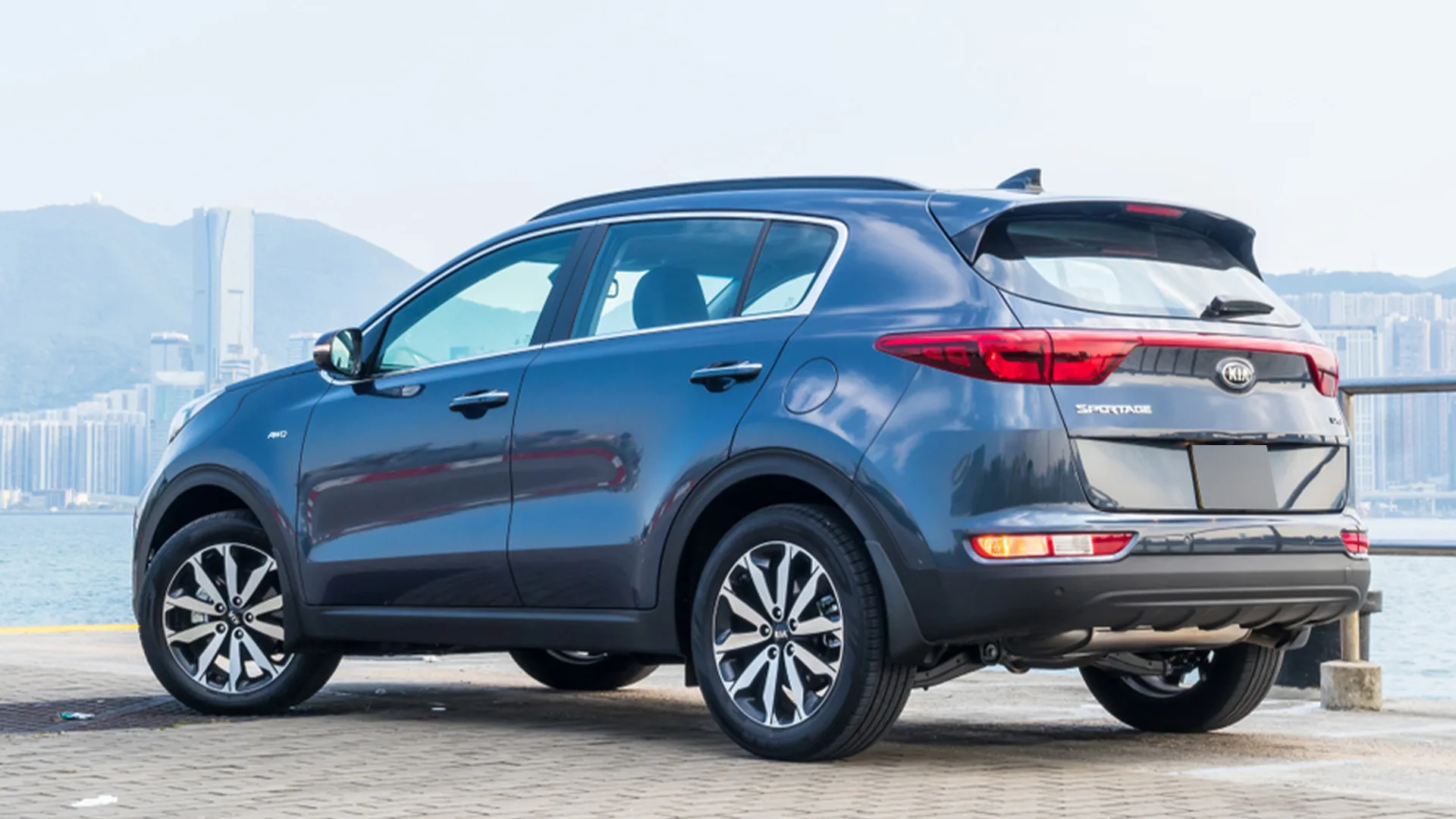
Cheapest Kia Sportage Models To Maintain
The most economical MK4 Sportage models focus on simplicity and proven reliability. The naturally-aspirated 1.6 GDi petrol and post-2018 1.7 CRDi diesel in ‘2’ trim represents the most cost-effective choices, combining reasonable service costs with longer maintenance intervals.
Key Budget-Friendly Models:
- 1.6 GDi in ‘2’ trim (£150-200 annual maintenance).
- 2018+ 1.7 CRDi diesel (better fuel economy offsets service costs).
- Base models with fewer electronic features to maintain.
- Avoid pre-2018 turbocharged variants for lower running and maintenance costs.
Having tested hundreds of used Sportages, the 2018-2021 models stand out for their balance of durability and value. The 1.7 CRDi diesel or 1.6 T-GDi petrol engines prove most reliable, especially with documented maintenance. Just avoid pre-2018 models and ensure full service history.
Kia Sportage (2016-2021) Major Components Lifespan
The MK4 Kia Sportage demonstrates varying component lifespans based on maintenance and model year. Engines in pre-2018 models may experience issues around 100-120k miles, while post-2018 variants can reach 150-200k miles with proper care. Diesel models typically outlast gasoline engines. Transmission reliability ranges from 150-200k miles for manual transmissions to 120-150k miles for automatic versions, with early dual-clutch models being the most vulnerable.
Electrical systems generally prove robust, with infotainment lasting 8-10 years and power components remaining functional throughout the vehicle’s life. Batteries average 5-6 years, and start/stop systems may require attention around 60-80k miles.
The key to maximising the Kia Sportage’s longevity lies in consistent maintenance: regular oil changes, timely transmission fluid replacements, maintaining a full service history, and scheduling professional inspections. These practices can significantly extend the vehicle’s performance and reliability across all critical components.
Kia Sportage MK4 Most Expensive Common Repairs
The Kia Sportage MK4 (2016-2021) is well-regarded for its reliability, but like any used car with significant mileage, some owners have encountered expensive repairs.
One of the more common issues is clutch wear on manual models, sometimes needing replacement as early as 40,000 miles, with costs ranging from £800-1,200. Automatic versions with the DCT gearbox require regular fluid changes, skipping these can lead to faults that cost over £2,000 to fix.
There have also been a few reports of electrical issues which can rack up between £500-800 in repairs, but Kia’s generous warranty tends to negate the need for such an outlay.
Despite these potential costs, the Sportage remains a dependable SUV- similarly reliable to competitor offerings like the Ford Kuga and the VW Tiguan. Keeping up with servicing and driving it as intended can help avoid most major repairs.
My advice? Budget for maintenance and stick to the service schedule religiously. I’ve had my 2019 for over 100k miles with no major issues, but I’ve seen others rack up big bills by skipping services. These aren’t cars that forgive neglect.
Kia Sportage MK4 Competitors
The Kia Sportage (from £32,795) has established itself as a strong value proposition in the UK’s competitive family SUV segment. It competes directly with mainstream rivals like the Nissan Qashqai, Hyundai Tucson, and Volkswagen Tiguan while offering features that sometimes match premium alternatives.
Kia Sportage MK4 Strengths:
- Class-leading 7-year warranty provides long-term peace of mind.
- Well-equipped even in base trim levels, offering good value.
- Modern hybrid and plug-in hybrid powertrains available.
- Spacious 587-liter boot with a practical square shape.
- Intuitive infotainment system with good smartphone integration.
- Strong safety features and driver assistance technology.
- Competitive pricing against mainstream rivals.
Kia Sportage MK4 Weaknesses:
- Regular petrol models have higher fuel consumption.
- Interior materials do not quite match premium rivals.
- Wind noise is more noticeable at motorway speeds.
- The steering feels somewhat artificial and light.
- The ride can be unsettled on larger wheel options.
- Some desired features are restricted to higher trim levels.
- The service network is not as extensive as some competitors.
How Does It Compare?
Compare key features and specifications
|
Kia Sportage
2016-2021 |
Hyundai Tucson
2015-2020 |
Volkswagen Tiguan
2016-2024 |
Seat Ateca
2016-present |
|
|---|---|---|---|---|
|
Starting Price
|
||||
| £11,000 | £8,000 | £11,000 | £10,000 | |
|
Engine Options
|
||||
| Petrol, Diesel, Mild Hybrid | Petrol, Diesel, Mild Hybrid | Petrol, Diesel, e-Hybrid | Petrol, Diesel | |
|
Handling
|
||||
| Characteristics | Good balance, easy to maneuver | Firm ride, remote steering | Composed, precise steering | Class-leading handling |
| Ride Comfort | Comfortable, good bump absorption | Firm, can be fidgety | Smooth ride quality | Sporty but comfortable |
|
Interior Quality
|
||||
| Build Quality | Well-built, durable materials | Plasticky, basic feel | Premium feel, soft-touch materials | Good quality, some hard plastics |
| Space | Spacious, good rear room | Generous legroom | Excellent space all round | Class-leading boot space |
| Boot Capacity | 491L (439L mild hybrid) | Similar to rivals | Large for class | Among best in class |

Kia Sportage MK4 (2016-2021) Quality Analysis
Kia Sportage MK4 Build Quality
The Sportage demonstrates strong build quality for its price point, though with different priorities than the VW Tiguan. The cabin uses durable rather than premium materials, with a focus on longevity over luxury. The 2018 facelift brought improved material quality, particularly in higher trim levels.
Pros Include:
- Robust dashboard construction with minimal rattles.
- Hard-wearing seat materials that resist wear well.
- Good panel fit and finish throughout.
- Reliable electronics with few reported issues.
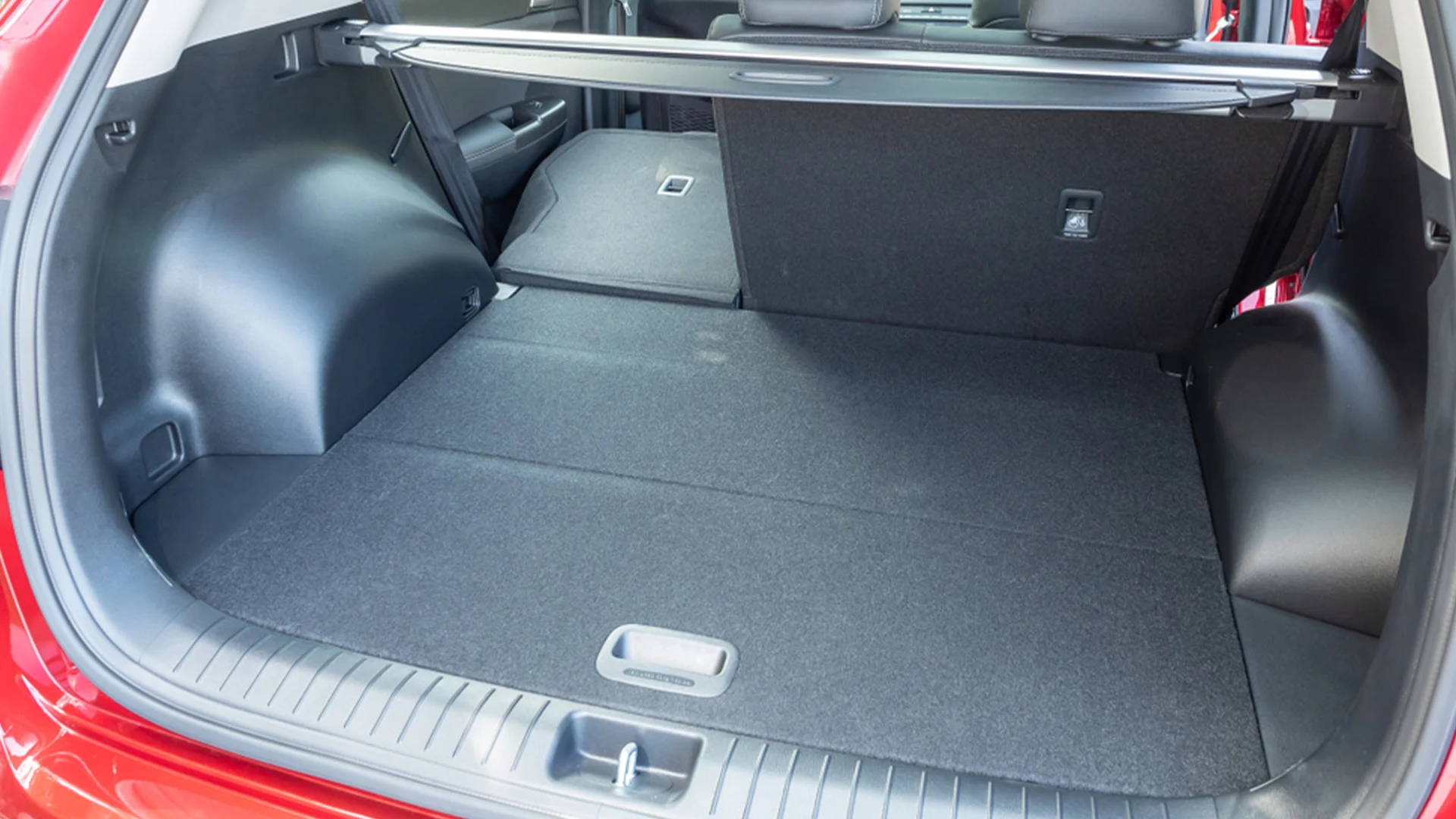
Kia Sportage MK4 Comfort Features
The Sportage prioritises practical comfort over luxury.
Key Features Include:
- Well-cushioned seats with good support.
- Spacious rear seating with reclining seatbacks.
- Effective climate control system.
- Good noise insulation, particularly in post-2018 models.
Kia Sportage MK4 (2016-2021) Boot Capacity:
- Standard: 491 liters.
- Mild Hybrid: 439 liters.
- Seats Folded: 1,480 liters.
Kia Sportage MK4 Suspension & Ride Quality Over Time
The Sportage’s suspension system shows good longevity with some characteristics:
Kia Sportage MK4 Early Signs Of Wear:
- Front struts typically need attention around 70,000-80,000 miles
- Rear suspension components generally last longer
- Original dampers may soften noticeably after 60,000 miles
Kia Sportage MK4 Long-Term Durability:
- The basic suspension design is robust
- Regular maintenance significantly extends component life
- GT-Line models with larger wheels may show earlier wear
- Most age-related issues are relatively inexpensive to fix
The Sportage’s suspension setup is a clever compromise between comfort and control. While not as sophisticated as some German rivals like Audi and VW, it manages everyday road imperfections admirably. The key is in its progressive damping – small bumps are absorbed well, though larger potholes can sometimes catch it out. GT-Line models with 19-inch wheels trade some comfort for style, so stick to the 17 or 18-inch wheels if ride comfort is a priority.
Our Recommendation & Buying Guide
While the kia Sportage is well-built overall, certain areas need careful attention, particularly on higher mileage examples or early models.
Quick Inspection Guide: Volkswagen Tiguan
Must Check:
- DSG gearbox operation – smooth shifts and no juddering
- Timing chain noise (especially 2016-2018 models)
- Service history completeness (DSG oil changes crucial)
- AdBlue system function (diesel models)
Quick Mechanical Check:
- Engine noise on cold start
- Suspension components (especially on 19″+ wheels)
- Electronic parking brake operation
- DPF warning lights (diesel models)
- Turbo operation – no excessive smoke
Visual Inspection:
- Panoramic roof seals for leaks
- Infotainment system function
- Electric tailgate operation
- Front camera and sensor operation
- Alloy wheel condition (especially larger sizes)





